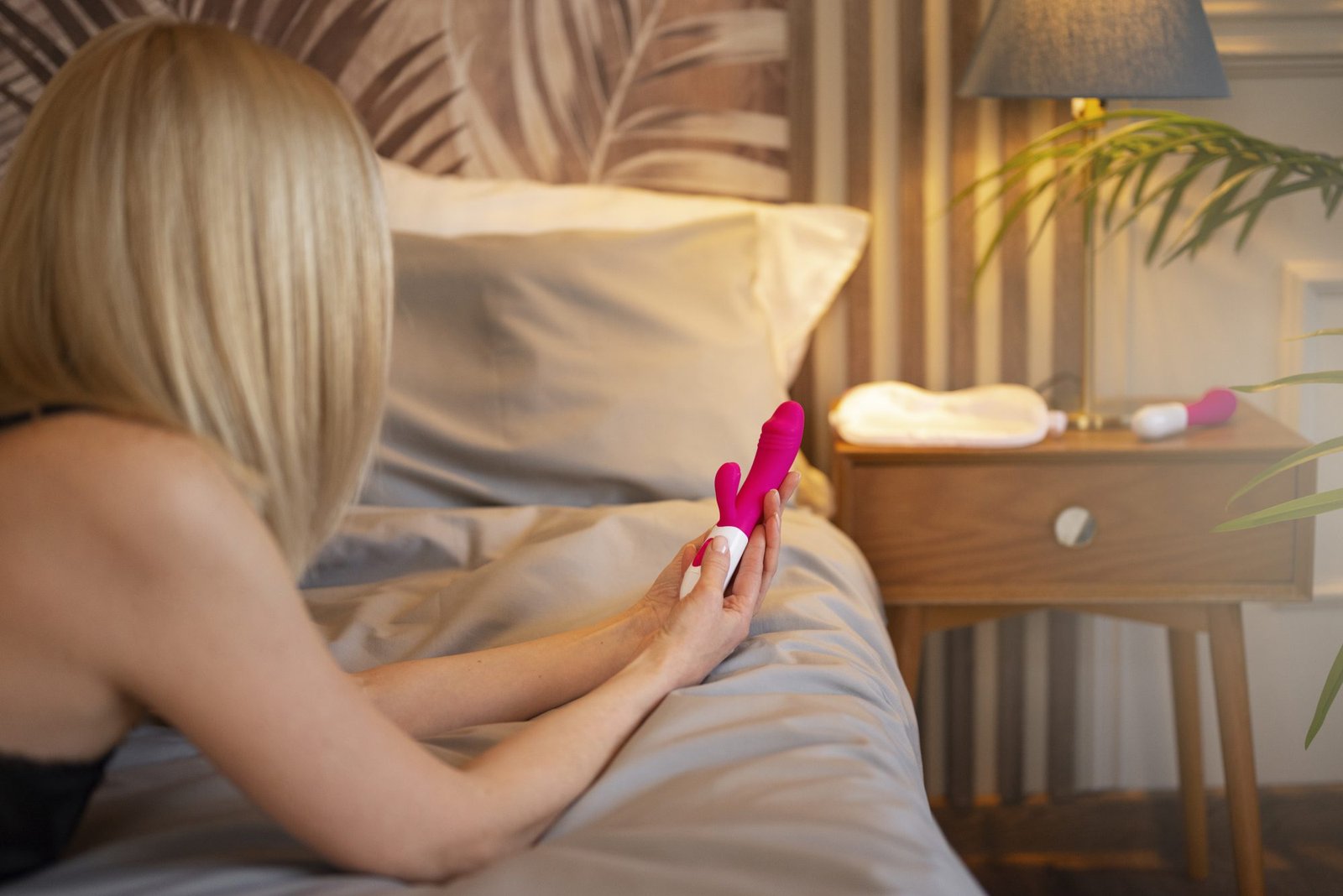Establishing a Culture of Physical Safety
When we choose to participate in the swinging lifestyle, we commit to an environment where physical safety is not negotiable. Safety must always come before excitement, curiosity, or experimentation. From the moment we first step into a club, resort, or private party, our actions, boundaries, and preparation define how secure we—and those we engage with—will feel.
Table Of Content
- Establishing a Culture of Physical Safety
- Choosing Reputable Venues
- Knowing the Venue Layout
- Planning Our Own Boundaries
- Open Communication Before Play
- Understanding the Role of Consent
- Establishing Safe Words or Signals
- Prioritizing Protection
- Regular Testing and Disclosure
- Personal Hygiene and Cleanliness
- Handling Alcohol and Substances Responsibly
- Protecting Belongings and Personal Space
- Knowing When to Walk Away
- Providing Aftercare
- Learning and Updating Our Safety Practices
- Building a Community Culture of Safety
- Final Thoughts
Protecting our bodies and wellbeing creates trust, freedom, and confidence, allowing us to fully enjoy the unique pleasures the lifestyle can offer.
Choosing Reputable Venues
Our commitment to physical safety begins long before any encounter. We choose only reputable venues, clubs, or resorts with clear safety policies, trusted hosts, and positive reviews from verified members.
We check that any club we attend has discreet but attentive security staff, clear rules about consent, safe play, and a welcoming atmosphere that prioritizes members’ comfort over profit or volume. A respected venue will have well-lit play areas, private spaces for those who wish to observe boundaries, and staff who step in when behavior crosses the line.
Knowing the Venue Layout
When we arrive, we familiarize ourselves with the space. We locate emergency exits, bathrooms, locker areas, private rooms, and safe zones where staff or security are always nearby. Knowing how to move quickly through a venue can prevent confusion or panic in the rare case that a situation escalates unexpectedly.
Planning Our Own Boundaries
Before we interact with anyone, we confirm our own physical boundaries. We agree on what kinds of touch, acts, or scenarios feel safe and comfortable for us as a couple or as individuals. We must be on the same page—if one partner wants to stop at soft swap while the other hopes for full swap, we resolve this privately first, not in the heat of the moment.
We define what we need to feel physically secure—same room play, no separate room, protected play only, or the right to pause or leave at any time.
Open Communication Before Play
We never assume our partner—or another couple—knows what we want. We communicate our comfort levels clearly before play begins. We ask direct questions: “Are you comfortable with this?”, “Is there anything off limits?”, and “Do you want to set a safe word or gesture?”.
Clear communication makes misunderstandings unlikely and signals that we take safety seriously.
Understanding the Role of Consent
Consent is the most vital pillar of physical safety. We never touch or move closer without explicit permission. If someone says no—even after previous consent—our response is immediate respect. Consent can be withdrawn at any moment and for any reason.
If we feel uncertain about body language or mixed signals, we pause and check in verbally. A simple, calm question can prevent a situation from becoming uncomfortable or unsafe.

Establishing Safe Words or Signals
For more complex scenarios or group play, we agree on a safe word or discreet physical signal. This allows any partner to stop the action instantly if they feel physically unsafe or emotionally uncomfortable.
A single word—like “red”—spoken clearly must halt all interaction, no questions asked. We remind everyone involved that safety is never up for negotiation.
Prioritizing Protection
Condoms are a non-negotiable tool for physical safety. We bring our own supply, in various sizes and materials if needed, to ensure comfort and to avoid relying on venues to stock enough.
We check expiration dates, store them properly, and discard any that are damaged. We also bring lube compatible with our condoms and toys to avoid tears or irritation. If a condom breaks or slips, we stop immediately, clean up, and decide together how to proceed.
Regular Testing and Disclosure
We maintain regular STI testing as part of our commitment to physical safety—for ourselves and our community. We get tested before starting any new lifestyle experience and stick to a consistent schedule, whether monthly, quarterly, or before big events.
When appropriate, we share our status honestly and expect the same from others. This openness protects everyone and reinforces a culture of trust.
Personal Hygiene and Cleanliness
We arrive at any event freshly showered, clean, and well-groomed. We carry personal wipes or small towels to freshen up between encounters. We wash our hands before and after play, especially if toys or multiple partners are involved.
Basic hygiene shows we respect ourselves and everyone we meet.
Handling Alcohol and Substances Responsibly
Alcohol is common in lifestyle spaces, but we never drink so much that our judgment or physical control is impaired. Excessive drinking dulls awareness, makes us more vulnerable to unsafe situations, and makes it harder to notice if someone’s actions cross the line.
We agree in advance on a limit and watch out for each other. If one of us drinks more than intended, we pause all play. Staying clear-headed is one of the strongest guarantees of safety.
Protecting Belongings and Personal Space
Physical safety extends to our possessions. We secure valuables in lockers provided by reputable venues and use our own locks if possible. We keep our phone out of play areas to respect privacy rules and to avoid any misunderstandings about photos or recordings.
We also protect our personal space. If someone crowds us or makes unwanted physical contact on the dance floor, we step back and make our boundaries clear immediately.
Knowing When to Walk Away
Sometimes, even in respected clubs, we may encounter a person or situation that feels wrong. If anyone disregards consent, pressures us, or seems unsafe, we remove ourselves instantly. We do not owe an explanation beyond “No, thank you” or “We’re going to step away.”
If needed, we notify staff discreetly. Good venues want to know about behavior that threatens members’ safety. Reporting unsafe behavior protects us and the entire community.
Providing Aftercare
Physical safety does not end when play stops. After any experience, we check in with each other emotionally and physically. We talk about how we feel, ensure there were no accidents or discomfort, and give each other reassurance and closeness.
Aftercare solidifies trust and helps us process the night in a calm, supportive way.
Learning and Updating Our Safety Practices
Every experience teaches us something new about what we need to feel safe. After every club night, resort stay, or private gathering, we review what worked and what needs improvement.
Did we communicate clearly? Did we feel rushed or pressured at any point? Do we need to adjust our safe word or bring extra supplies? By reflecting together, we build stronger habits for next time.
Building a Community Culture of Safety
We do our part to support a wider culture of physical safety. We share good venues with newcomers, offer tips about consent, and stand up politely but firmly if we see behavior that threatens others’ comfort.
By modeling good habits—regular testing, clear boundaries, responsible play—we encourage others to do the same. We protect our own wellbeing and help the entire community thrive.
Final Thoughts
Physical safety in the lifestyle is not one policy, tool, or rule—it is the sum of our choices, actions, and boundaries every time we step into a club, resort, or private encounter. We honor ourselves and those we meet by being vigilant, honest, and clear.
A safe experience is a free experience—free to explore, free to enjoy, and free to build trust with people who share our respect for boundaries. When we commit fully to protecting our bodies, we give ourselves permission to embrace the lifestyle’s pleasures with the confidence that our health and security are never at risk.





